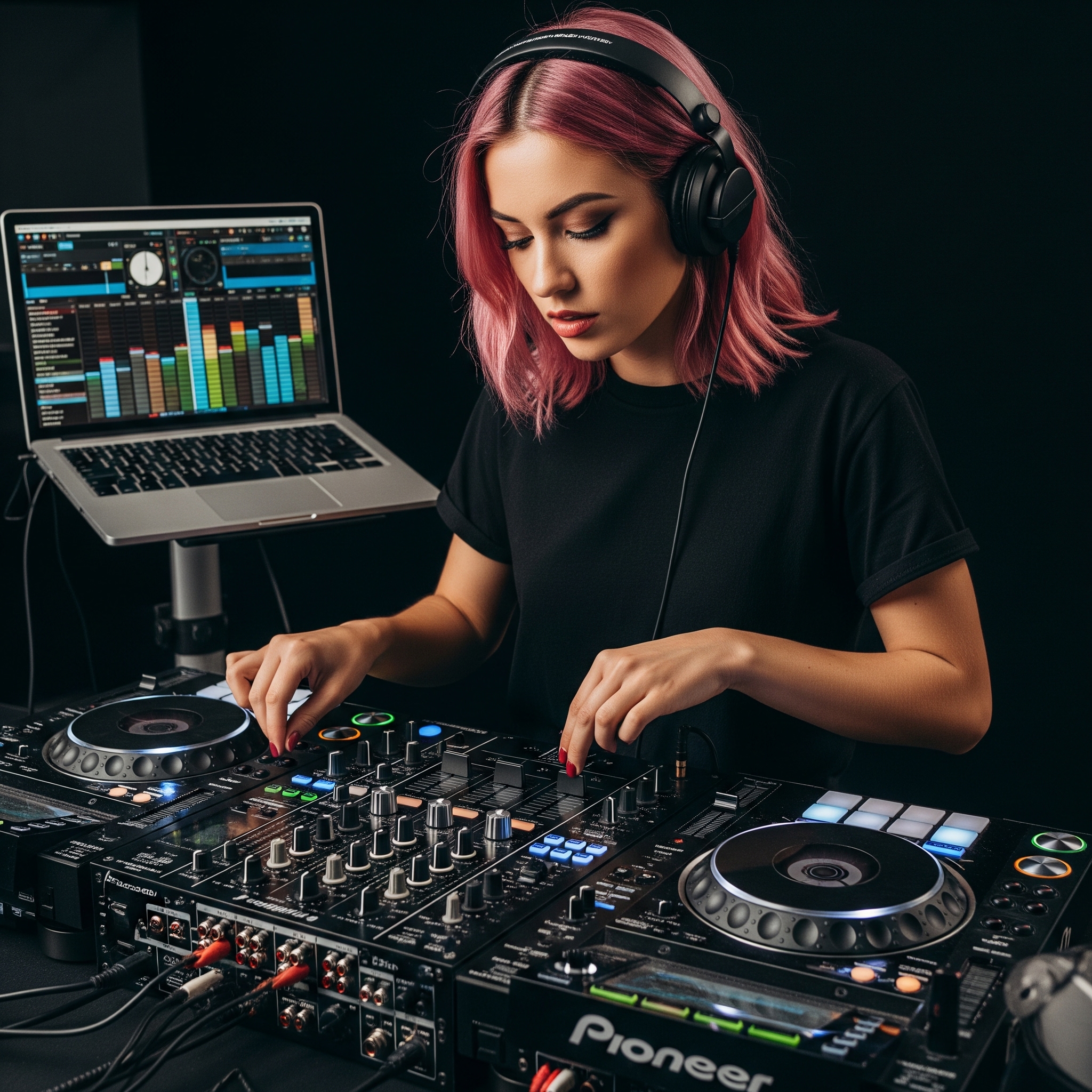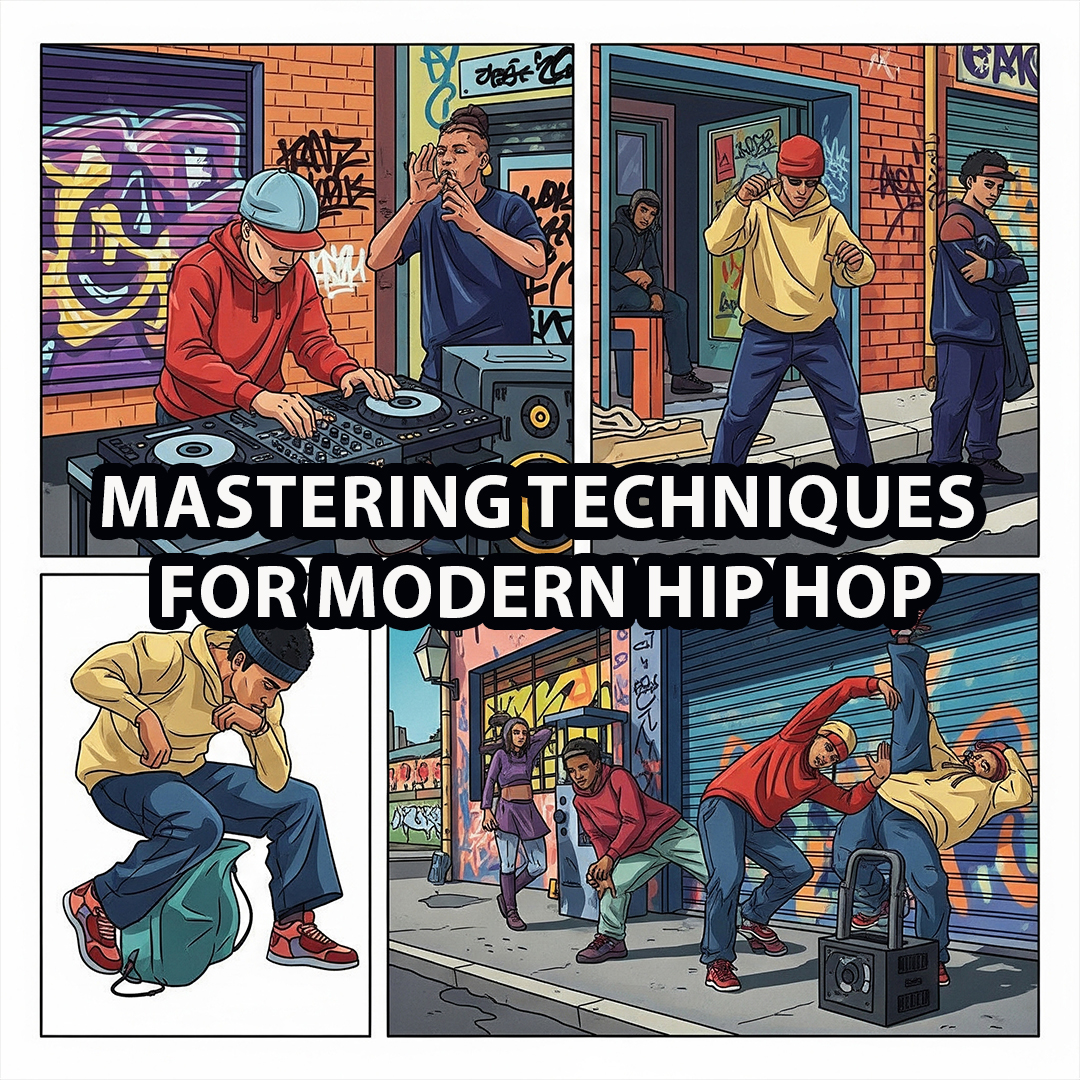The Sonic Finishing Touch That Separates “Dope” from “Legendary”
You’ve put in the work. The beat hits. The mix is clean. But something’s still missing — that polished, powerful, radio-ready feel. That’s where mastering steps in. Not as an afterthought, but as the final artistic decision that brings your record into focus.
Whether you’re an artist, producer, or engineer navigating the modern hip hop landscape, here’s the truth: mastering isn’t just technical — it’s creative. And in a genre defined by loudness, emotion, and feel, the mastering process is where your track either flatlines or takes flight.
Let’s talk techniques.
1. Start with Intention, Not Just Loudness
Modern hip hop thrives on dynamics — think 808s that move your chest, vocals that cut through but never fatigue the ear. So before you chase LUFS levels, ask yourself: What’s the vibe?
-
A drill record might need surgical midrange and crispy highs.
-
A trap banger calls for sub-preservation and transient punch.
-
A soulful boom bap joint? Saturation, warmth, and glue.
Pro Tip: Use reference tracks that align with your vision, not just your genre. Travis Scott’s “Utopia” hits different than Kendrick’s “Mr. Morale” — and they should.
 2. EQ Moves That Respect the Mix
2. EQ Moves That Respect the Mix
Mastering EQ isn’t about reinventing the track — it’s about revealing it.
-
Use dynamic EQ to tame harsh sibilance or pokey snares without touching the life of the mix.
-
Cut muddy low-mids only if they blur the bass and kick relationship.
-
Boost top-end air (15kHz+) only if the vocals are asking for it.
Golden Rule: If you’re making big EQ moves in mastering, the mix probably isn’t ready.
3. Compression for Control, Not Character
In modern hip hop, mastering compression should keep things tight, not flat.
-
Use a slow attack and fast release to preserve punch and bring up detail.
-
Parallel compression in mastering? Risky, but rewarding when done subtly.
-
Avoid over-compressing just to glue — let the groove breathe.
Real Game: Sometimes, no compression is the right move.
4. Limiters Are Not Magic
Limiters can destroy your mix or take it to the next level. The difference is in your gain staging.
-
Push into the limiter gradually — not all at once.
-
Stack two light limiters instead of one heavy-handed one.
-
Monitor true peaks and inter-sample distortion (especially for streaming).
And yes, -8 to -9 LUFS is the sweet spot for most modern hip hop — but don’t chase numbers at the expense of the energy.
 5. Harmonic Saturation = Hip Hop Glue
5. Harmonic Saturation = Hip Hop Glue
Want your master to feel alive? Gentle harmonic saturation adds warmth, presence, and cohesion.
-
Tape emulations can give boom bap beats a classic feel.
-
Tube-style saturation adds grit to vocals and 808s.
-
Don’t overdo it — just enough to feel it in the vibe, not see it on a meter.
6. Always Test in the Real World
You know the drill:
-
Car test.
-
Phone speakers.
-
Club monitors.
-
Streaming services.
Mastering isn’t done until it translates. Your bass should knock on AirPods and in the Benz. Your top end should sparkle on Bluetooth speakers and Spotify’s compressed stream.
The Final Word
Mastering modern hip hop is about preserving the soul of the record while preparing it for every speaker, every platform, every fan. It’s where art meets science — and when done right, no one notices. They just feel it.
So the next time you’re finishing a mix, don’t think of mastering as a checklist.
Think of it as the final performance.
Want more tips like this?
Subscribe to our newsletter or tap in with our mastering engineers in the EngineEars Community!
Let your mix talk.
Let your master shout.
